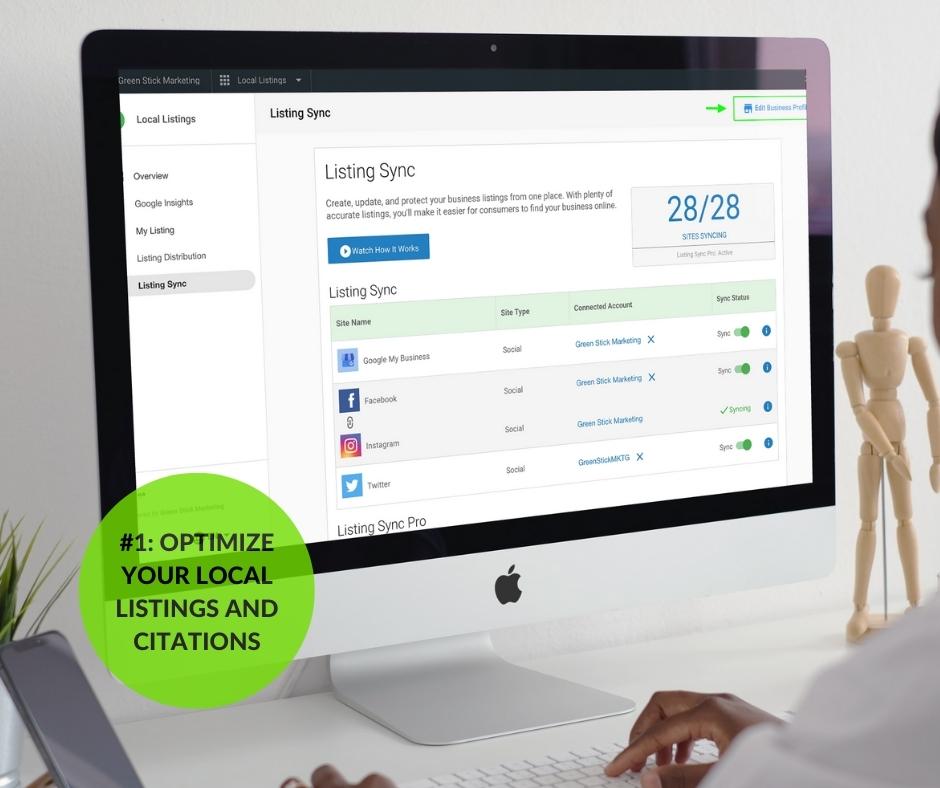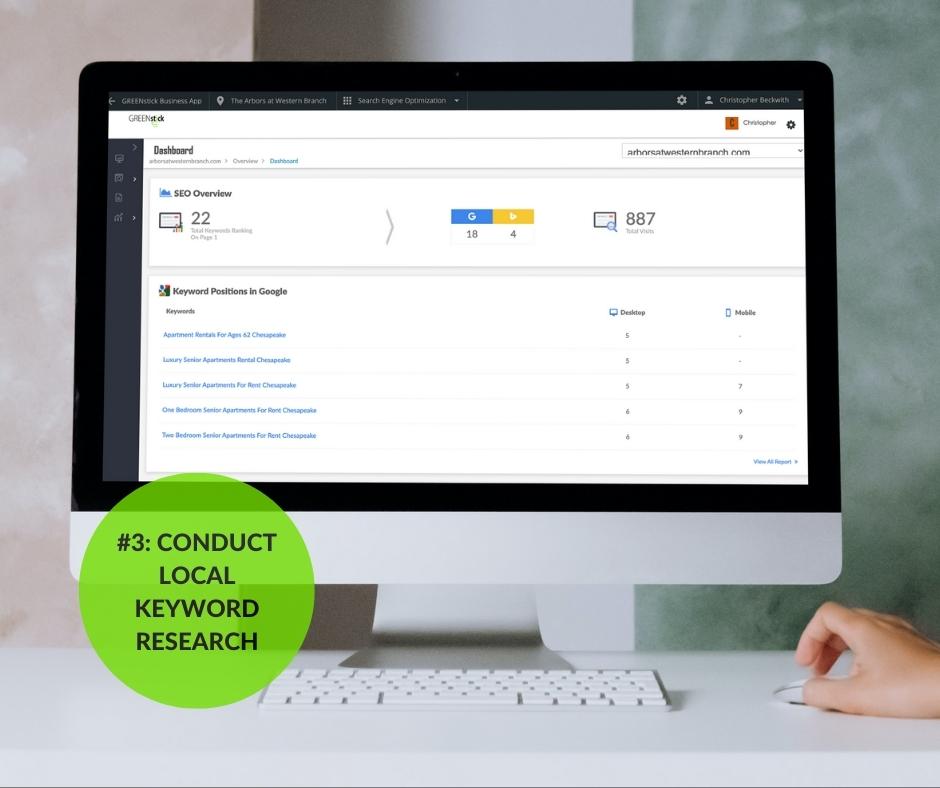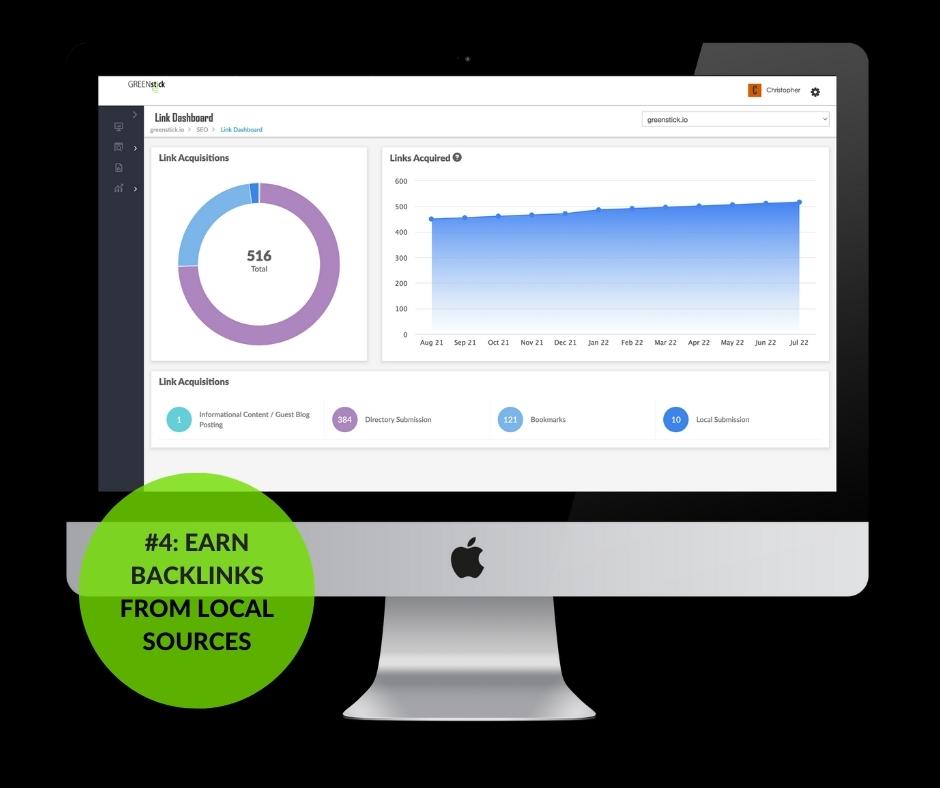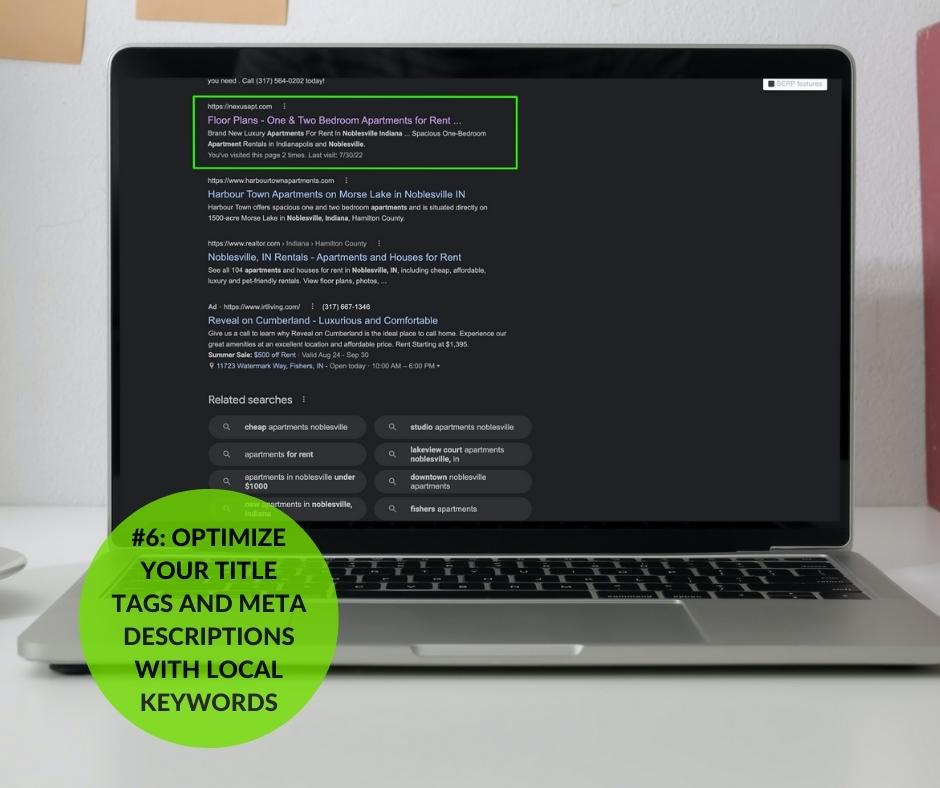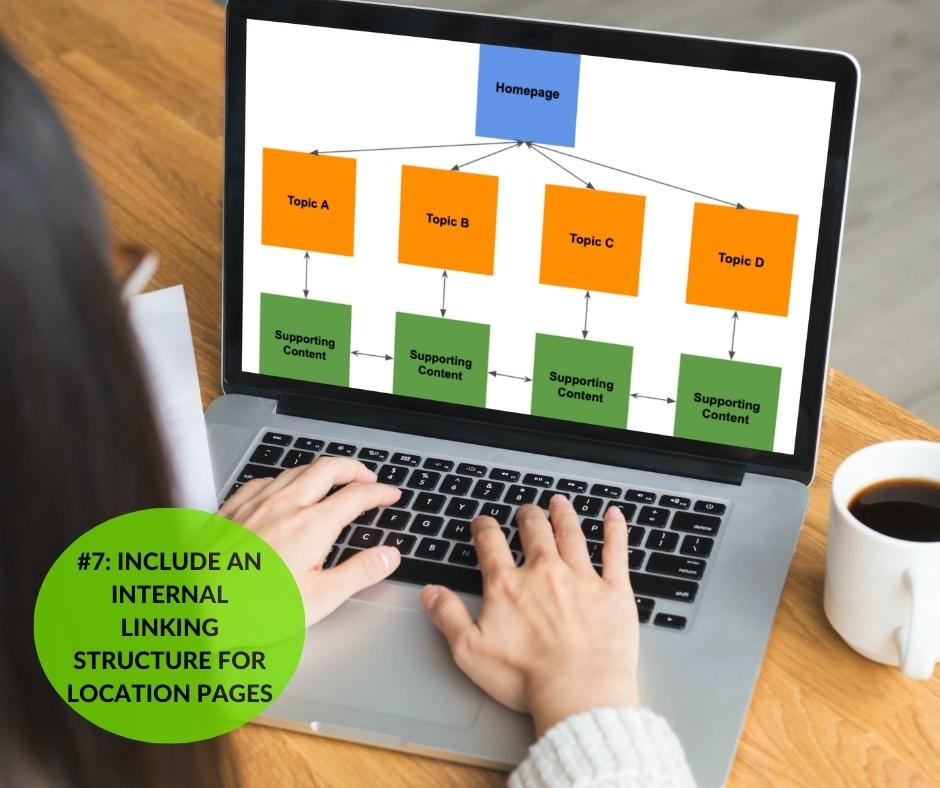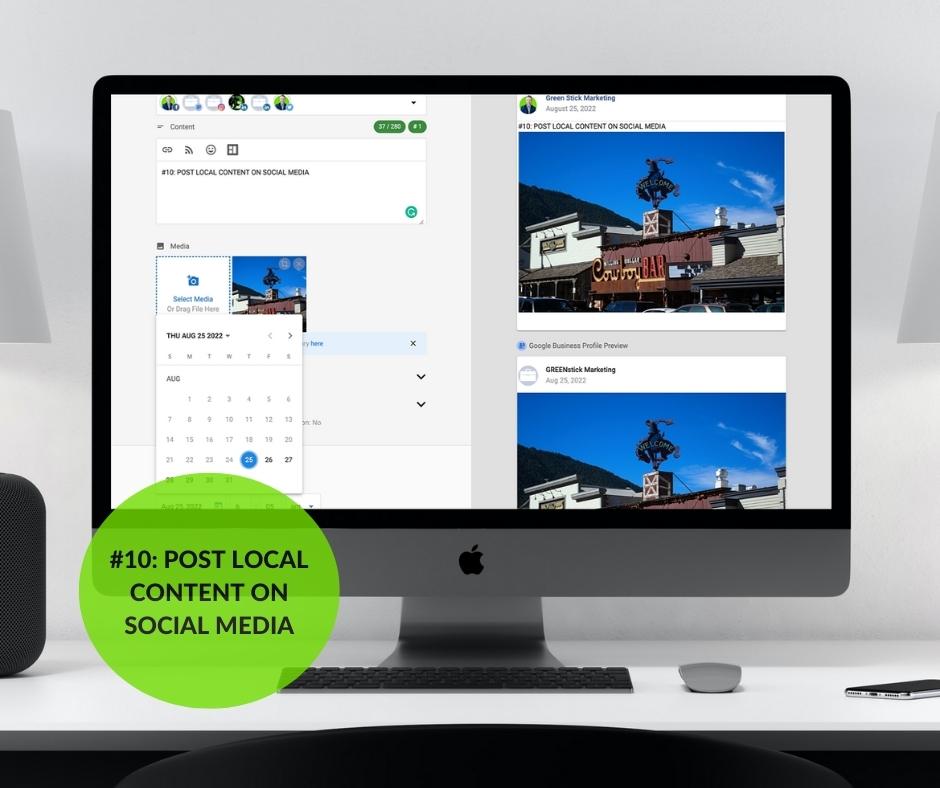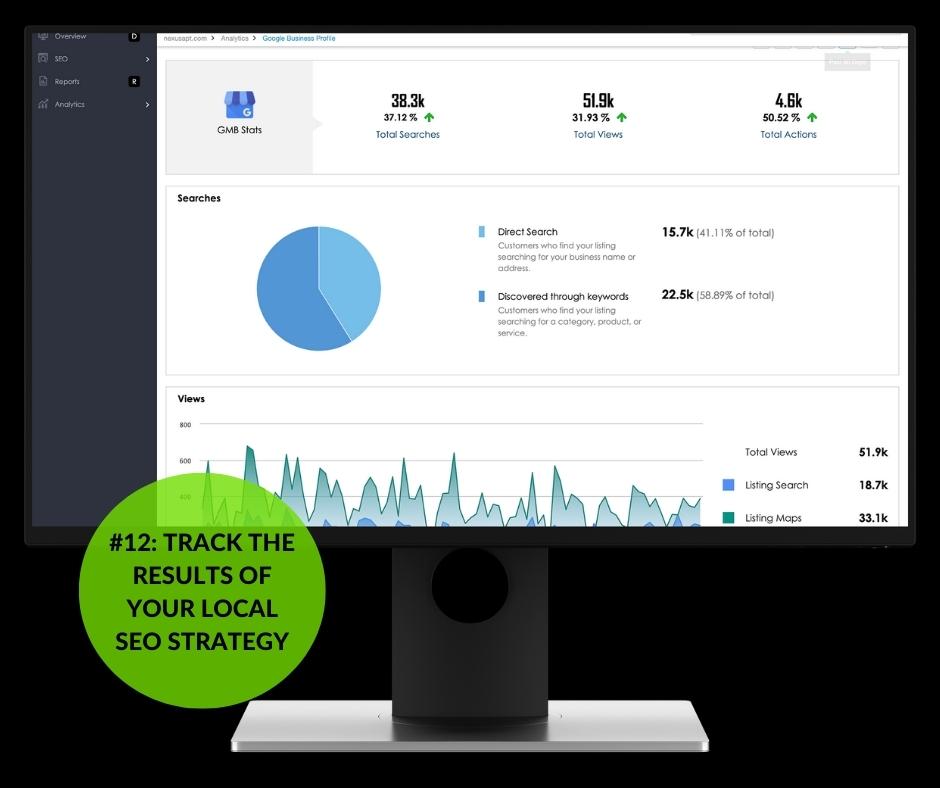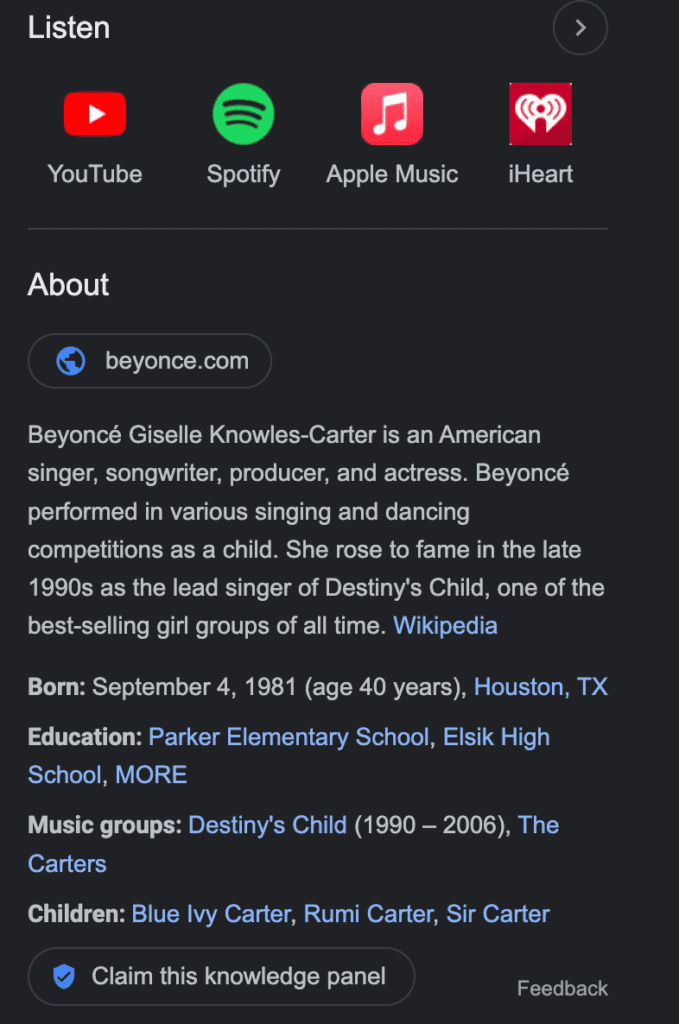12 Local SEO Strategies To Dominate Local Business Ranking
Local SEO is the overarching strategy or process to optimize your site’s content and online presence for higher rankings. Local SEO strategy focuses on improving business rankings in local search engine results pages (SERPs).
The difference between traditional SEO and Local SEO is that Local SEO focuses efforts on attracting customers near your physical location – and getting customers through your door. Traditional SEO, on the other hand, boosts your visibility on a broader scale.
The main benefit of Local SEO is that it lets you take advantage of increased visibility in your immediate area.
How does it work?
Google uses numerous factors when ranking local content, but it predominantly focuses on three signals:
- Relevance: Does your business listing match the searcher’s intent?
- Distance: How close is your business to the searcher at the search?
- Prominence: Is your business well-known both online and offline?
When a user searches using a location or “near me” and your business listing best matches the query, you’ll appear in Google’s local SEO 3-pack – a listing of the top three local businesses that meet the criteria. In the example below, we search for “Apartments Near Me.”
12 Local SEO Strategy Tips To Boost Rankings And Revenue:
- Optimize Your Local Listings And Citations
- Understand Your Local Personas
- Conduct Local Keyword Research
- Earn Backlinks From Local Sources
- Write In-Depth, Local Content
- Optimize Your Tittle Tags And Meta Descriptions With Local Keywords
- Include An Internal Linking Structure For Location Pages
- Update Your Website
- Improve Your UX
- Post Local Content On Social Media Regularly
- Earn Reviews From Happy Customers
- Track The Results Of Your Local SEO Strategy
Google Updated The Rich Results Guidelines To Better Align With Merchant Guidelines
In true Google fashion, the search engine giant has now developed an update for its rich results guidelines. These updated guidelines better align rich results content with general Google merchant guidelines. The new policies deny rich results for products that are widely prohibited and known to facilitate harm. For example, products include weapons, fireworks, recreational drugs, tobacco, and gambling.
The guidelines now have an additional section.
Google rich results content guidelines, which have already come into effect, have been updated to add the following section:
“Don’t mark up content that promotes widely prohibited or regulated goods, services, or information that may facilitate serious and/or immediate or long-term harm to self or others. This includes content related to firearms & weapons, recreational drugs, tobacco & vaping products, and gambling-related products.”
The new policy applies to all forms of markup
According to Google, the new guideline policies will apply to rich result markups, star ratings, prices, information regarding a product’s availability, or other factors. This, in turn, will impact the prohibited products’ structured data markup.
How does this affect your business?
If your business sells products that fall into the above-mentioned prohibited categories, this update applies to you. All you can do right now is remove the structured data markup from your product pages because Google will not show rich results for them.
Although the search engine will not issue any manual action, the removal of rich results in itself will act as a penalty against violating the rich results content guidelines.
All About Google Knowledge Panels
For years, Google’s SERPs have been including knowledge panels so users can find the required results quickly. This article will discuss how knowledge panels are created and how they work.
Introduction to Knowledge Panels
Knowledge panels/entity boxes are information boxes that appear on Google’s search results page when you search for specific content. The main aim of these boxes is to provide users with the information they need in brief. The content you search for (for example –people, places, organizations, things) should be present in knowledge graphs to appear in knowledge panels.
Only limited categories or entity types (books and book series, educational institutions, government, local shops, companies, events, movies & film series, music groups & albums, and more) are considered for the knowledge graph. Only the most relevant or popular entities of every category are included in the knowledge graph.
Knowledge panels differ from business boxes, as the latter is based on Google Business. The best way to spot a classic knowledge panel is by looking for a share button in the upper area of the panel. The entity type is specified below the name and depending on the category, various attributes are assigned & the available content is filled.
The image below is an example of a classic knowledge panel. Google prefers using different templates for various entities.
How Are Entities Selected for a Knowledge Panel?
Google has not given any criteria or procedure to select an entity for a specific category. But, we have listed some of the possible ways Google creates knowledge panels. Several websites that provide semi-structured data, for example –Wikipedia and Soundcloud, can be used by Google to select relevant entities for each category.
How Are Knowledge Panels Created?
In the Google patent, you can learn more about the basic methodology related to knowledge panels. The steps below describe the basic process followed to create a knowledge panel:
- Finding relevant entities in the query
- Shortlisting relevant sources
- Creating the most appropriate search results
- Cross-checking whether the search query refers to the actual entity
- Determining an entity type/category for the entity requested
- Finalizing a suitable template for the panel (which should match the entity type)
- Arranging relevant content elements for the main entity from a trusted source
- Referring to another trusted source for content elements
- Attaching placeholders in the selected panel template with the finalized content elements
- Merging search results and knowledge panel on one SERP
How Are Images Selected for a KnowledgePanel?
The Google patentdescribes how images are selected for various entity types and incorporated into the knowledge panel. The steps below are a shorter version of the same.
- Most relevant images are selected
- Cluster by similarity
- .Most popular clusters are identified and separated
- Image format (portrait or not) is determined
- A portrait score is assigned
- The most representative image is selected
- The image is attached to the knowledge panel
The clustering of images into various categories depends on the proximity to the entity and the aspect ratio. We can also determine the possible categories by looking at Image Search.
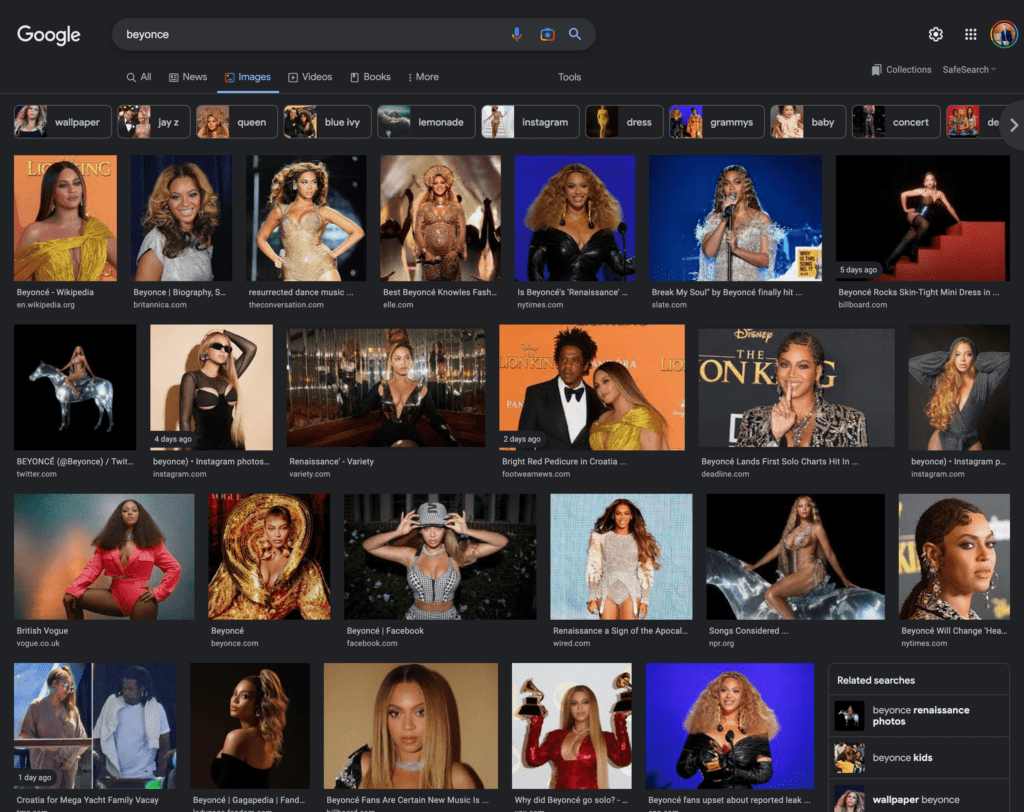
In Google’s patent related to images, images are labeled with attributes and assigned to specific entities. These attributes are primarily determined by the initial image. Additional attributes can also be added by referring to similar images. It is believed that Google selects relevant images by using data from popular sites (Wikidata, Wikipedia, Wikimedia, social media profiles, magazines, and more).
Reasons Why Knowledge Graph is Gaining Importance
SERP features are gaining more importance every year, so it’s expected that the Knowledge Graph will also follow the trend. Since the entities are at the center of the Knowledge Graph, it will affect the rankings and overall search results.
To conclude, SEOs should not miss out on the Knowledge Graph when preparing their SEO strategies.
